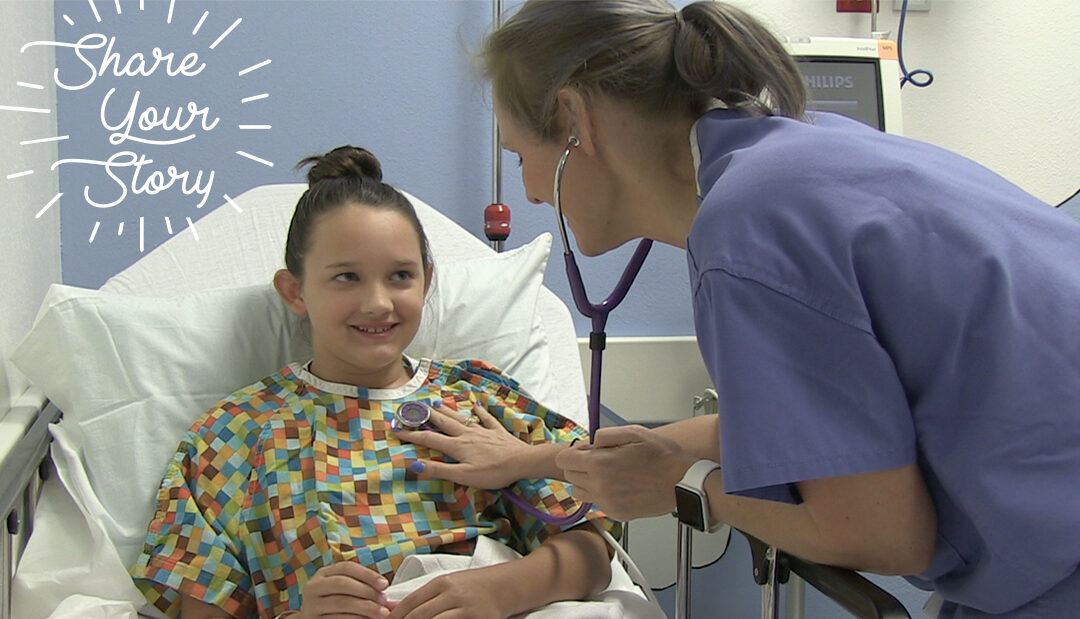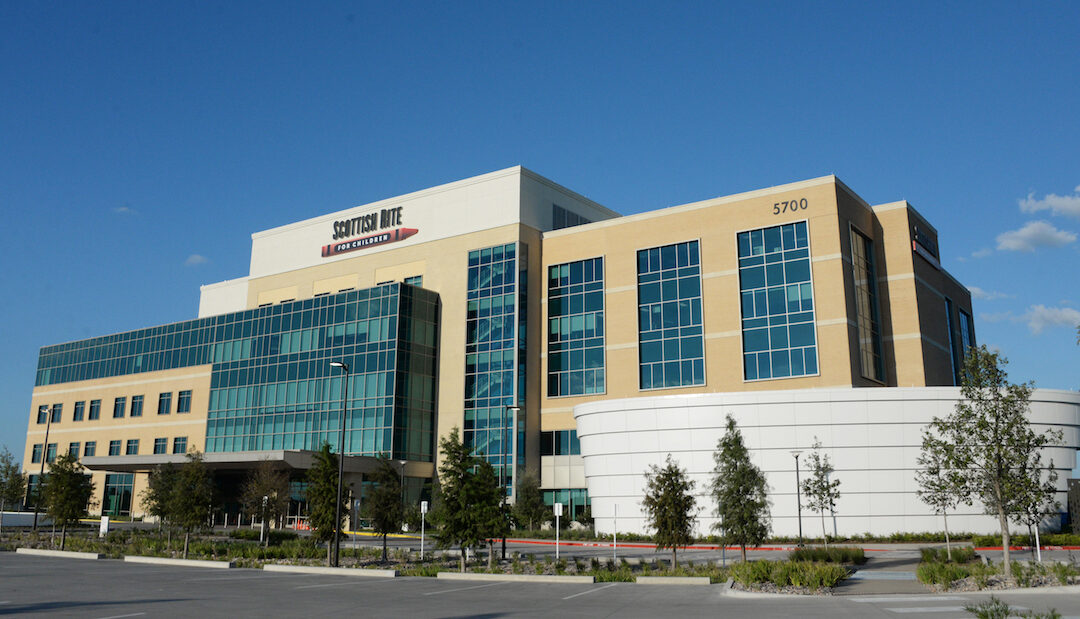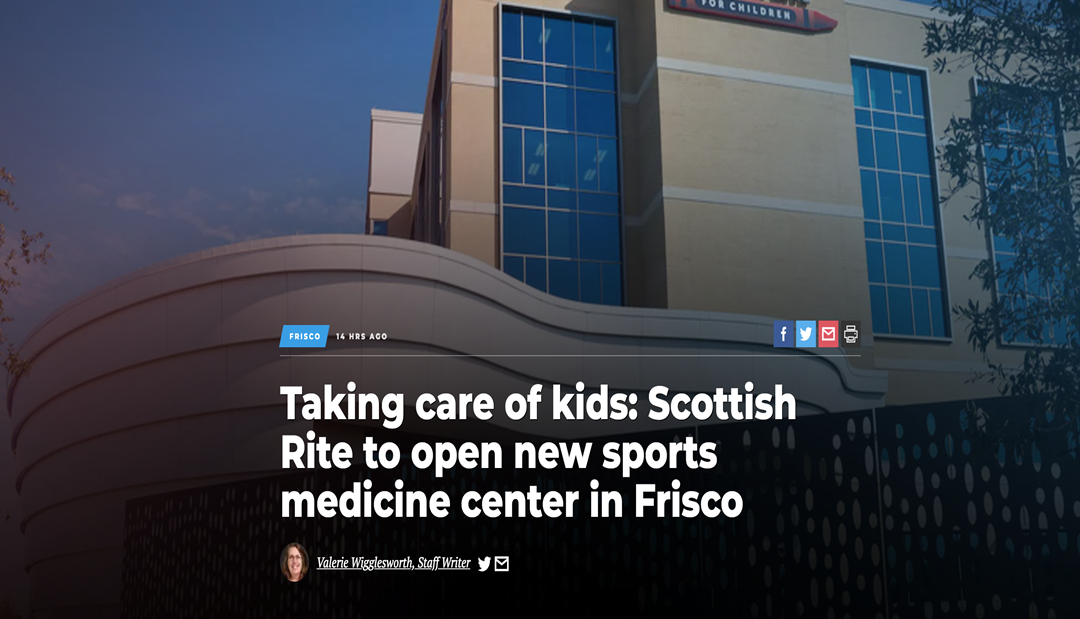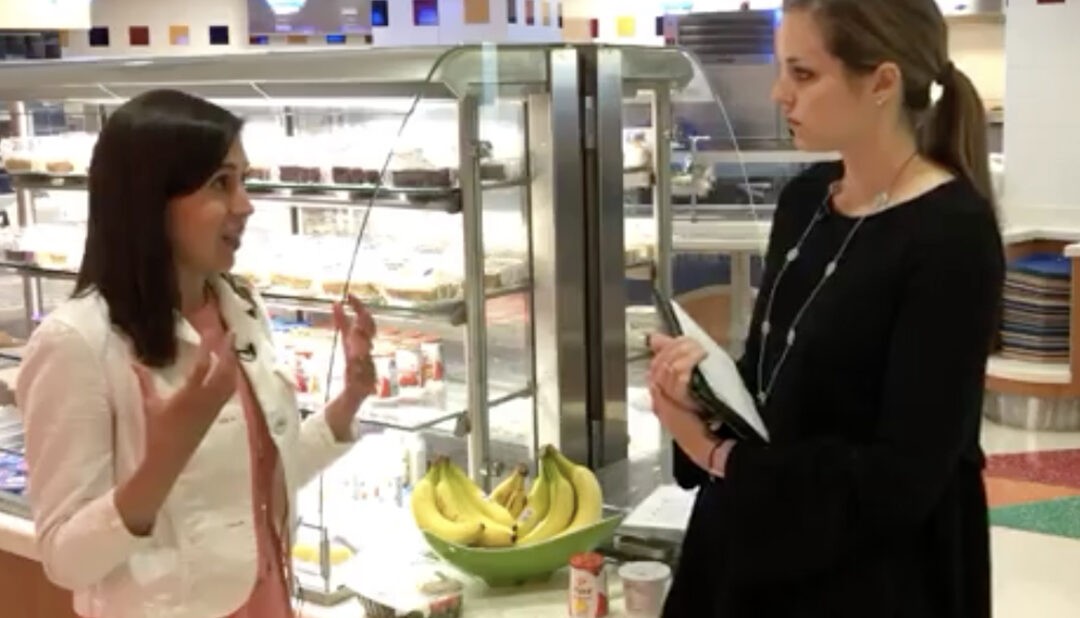
Share Your Story: A Ballerina’s Recovery
Meet Julia, a sports medicine patient who had surgery to correct her ankle. Julia was diagnosed with Osteochondritis Dissecans (OCD) at nine years old. Learn more about her journey to recovery below.
Julia, our 9-year-old daughter, leads a very active childhood. She plays soccer and softball, loves tumbling and looks forward to her favorite activity of all – ballet. But a couple of summers ago, we began to notice that she would limp after chasing her brothers around the backyard, after jumping rope and after turning cartwheels.
After a few doctor visits she was first diagnosed with Severs Disease, which affects the Achilles tendon and can cause pain after physical activity. We were told that she would outgrow it with time. After two years, instead of improving she was limping all day long, not just after sports or playing outside.
Julia never complained; she pushed through the pain.
It became heart-wrenching to watch her play soccer and by the end of a game, she was hardly able to run across the field. Still, she never wanted to quit, but my husband and I made the hard decision for her to not continue with soccer, because we felt the pain was just getting too severe.
At Julia’s 9-year check up with her pediatrician, I began describing all of the pain she was still experiencing, only now she was also experiencing pain in her other foot and ankle. Her pediatrician referred us to Scottish Rite for Children Orthopedic and Sports Medicine Center.
Julia was evaluated by Dr. Jane S. Chung and Dr. Chung quickly found that there was something abnormal with Julia’s left foot, in addition to the Severs disease which was still evident in her right foot. After having an MRI to confirm, Julia was diagnosed with Osteochondritis Dissecans (OCD) of the left ankle – a joint disorder in
which cracks form in the articular cartilage and the underlying subchondral bone. OCD usually causes pain and swelling of the affected joint and will catch lock during movement.
It was becoming clear why her limping progressed over the past year. After the diagnosis of OCD, we were transferred to the Sports Medicine surgical team under the care of Dr. Henry B. Ellis. Dr. Ellis met with us to discuss all of the options available to help Julia in the most conservative, yet effective way possible. Dr. Ellis was so kind,
responsive to our concerns and spoke directly to Julia, even seeking her input and thoughts on the treatment plan.
During one of the consults with Dr. Ellis, Julia reported to him that she did, in fact, experience pain in her left ankle during her ballet classes, yet she was apprehensive to mention it.
She loves ballet with all her heart and thought her OCD would force her to have to quit ballet, like she had quit soccer.
This is when I realized that Julia had been silently dealing with her ankle pain and not letting us know how severe it really was. She felt that she might have to stop doing all of the activities that she loves. As a parent, you never want to think that your child might not be able to pursue their dreams.
Dr. Ellis recently operated on Julia’s left ankle. She has experienced a very smooth recovery and is excited for the next three months to pass quickly so she can feel what it’s like to walk and run pain-free! In time, Julia will be back to dancing, running, playing and chasing her dreams.



